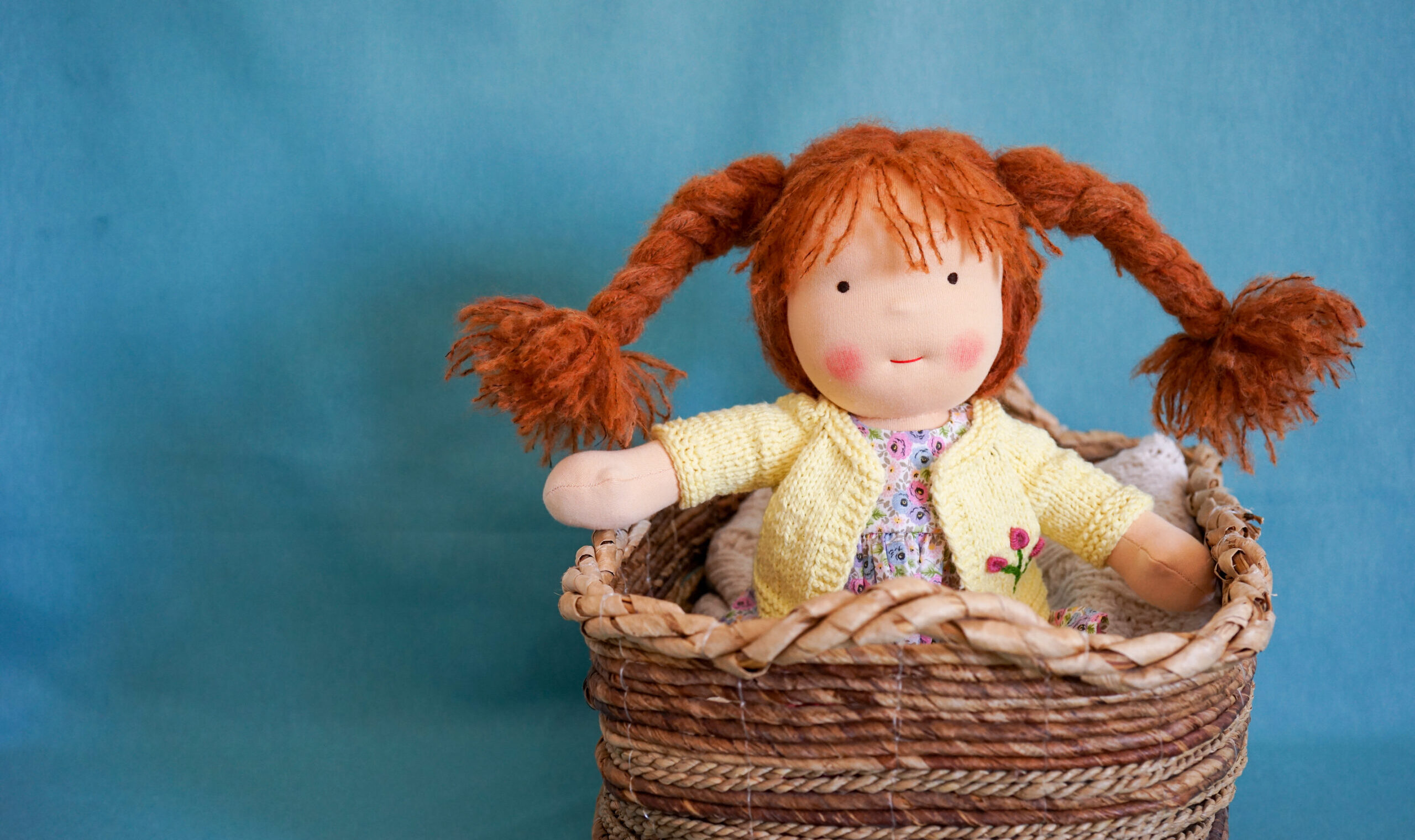The Wisdom of Trump’s Trade Austerity
As my mother understood, it does you good to do without.

I have become accustomed to Donald Trump in his role as dealmaker, peacemaker, troller of myriad left-wing pieties, and proposer of 51st states, but I admit that I was unprepared, earlier this week, to encounter the 47th president in the guise of endorser of austerity.
During a cabinet meeting in which he addressed legacy media–fueled outbursts over his trade policy, Trump acknowledged that his tariffs might have an impact on the American toy-owning public—happily for the president, not a constituency likely to be old enough to vote in time for the 2026 midterm elections.
“You know, somebody said, ‘Oh, the shelves are going to be open,’” Trump mused. “Well, maybe the children will have two dolls instead of 30 dolls, you know? And maybe the two dolls will cost a couple of bucks more than they would normally.”
Trump’s comments were widely and predictably derided in the usual places. A reporter in the New York Times characterized the president’s prediction of toy deprivation as a “grinchy pronouncement,” and even if that characterization is unfair, most seasoned politicos will concede that the war is lost when one starts to be compared to a certain green creation of Dr. Seuss.
Yet permit me to express a measure of admiration for Trump’s unexpected affirmation of moderation. How many other presidents would dare to suggest that the mildly straitened economic circumstances that will accompany an attempt to institute fairness in America’s trade arrangements could be, and should be, tolerated by the public? In so many words, Trump is saying that we have nothing to fear but fear itself—and we certainly need not fear a dearth of cheap imported toys.
Even so, representatives of the Toy Industrial Complex quickly lapsed into a state of hysteria. “If we don’t start production soon, there’s a high probability of a toy shortage this holiday season,” Greg Ahearn, chief executive of the Toy Association, said in the same New York Times article. But since when does his industry’s economic interests align with the interests of American children? Are we to believe that Christmas will be somehow deficient in the absence of a superabundance of new plastic junk destined to be tossed into the same heap as last season’s plastic junk? What about the giving of books, clothes, or a few American-made toys rather than a surplus of foreign-made toys? Has the meaning of the holiday truly become synonymous with indiscriminate acquisitiveness?
Of course, manufacturers of all kinds operate on the assumption that the average Joe is a perpetual and inexhaustible consumer, but this is not a natural or healthy state of affairs. Theoretically, some purchases should stand the test of time. Several years ago, when I ordered a table made in Maine and a Shaker-style cabinet made in Connecticut—both beautifully constructed out of solid wood—I did so with the expectation that I would never have to purchase replacements. Hanging in my closet are American-made sport coats my father purchased at least thirty or forty years ago that remain in wearable condition. This philosophy of buying things that last—and therefore buying them in fewer quantities and with less frequency—may annoy companies churning out cheap, meant-to-be-replaced goods made overseas, but in the long run, it catechizes ordinary Americans in the neglected virtue of thriftiness.
Back to the present toy-shortage imbroglio: Families with multiple children can certainly attest to the way in which toys that have grown old for one child can become “new” for a younger child. Let me direct you to the character of the elderly aunt in the movie National Lampoon’s Christmas Vacation, who arrives for a big family get-together armed with packages that are said to be random items she has collected from her home with the intention of re-gifting. What’s wrong with that—except, that is, from the perspective of toy manufacturers?
Subscribe Today
Get daily emails in your inbox
When I first heard Trump’s “two dolls” comment, I immediately flashed back to something the writer John Updike said amid the 2008 financial meltdown—an episode that the Great American Novelist saw as an indictment of the American tendency to buy, buy, buy regardless of the ramifications. “The recent mortgage crisis and so on indicates how far into debt we’re willing to go to attain immediate objectives,” Updike told Charlie Rose. “When I was a kid, there was all this talk about doing without: ‘It does you good to do without.’”
Today, Updike would undoubtedly have been considered “grinchy” for speaking the truth about the salutary effects of what was always referred to in my household as “cutting back.”
Indeed, that I am sympathetic to this very old-fashioned but morally vigorous philosophy is undoubtedly yet another indication of the impression left on me by my parents, members of the Silent Generation. I have no idea how many dolls my mother owned when she was growing up, but I am certain that the number was more than two but fewer than 30—let alone 30 on an annual basis. She, too, knew that it does you good to do without.